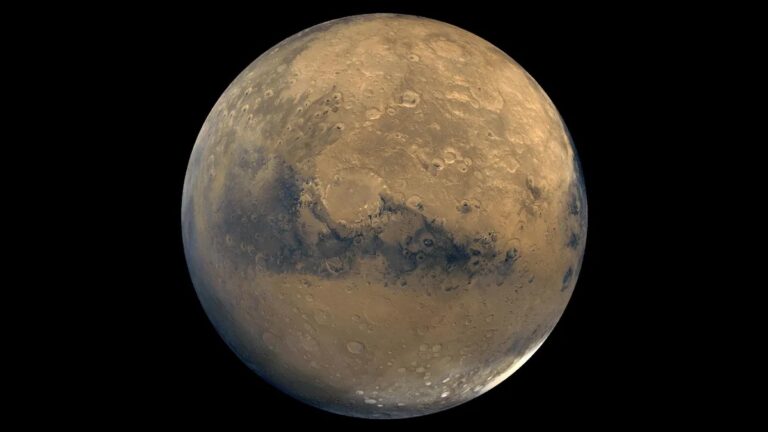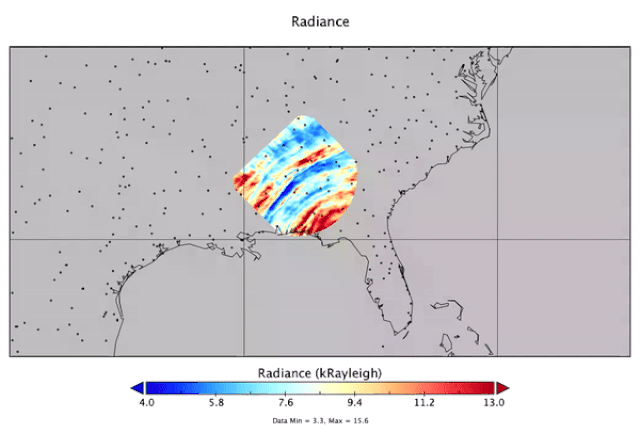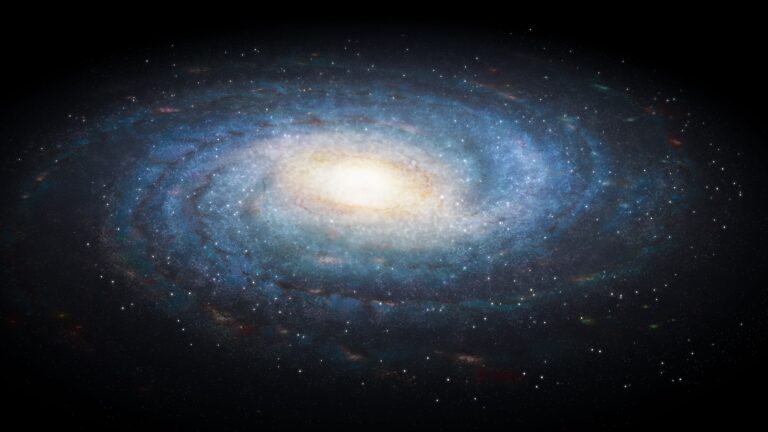How did the Concorde fly so fast?

The Concorde was the fastest commercial plane ever flown, but its speed came with a hefty price tag.
Science and Technolgy blog

The Concorde was the fastest commercial plane ever flown, but its speed came with a hefty price tag.

If you didn’t forget things, you’d be in for a world of trouble.

How much do you know about evolution? Take this quiz to find out.

This critically endangered animal, known for its long, thin snout with a bulbous growth at the end, split off from other crocodilian species 40 million years ago.

Clouds affect Earth’s weather and climate in many ways. New research suggests that the presence of microplastic particles could alter these processes.

Mars’ global magnetic field may have hung around for 200 million years longer than scientists had thought, possibly giving life a longer window to take hold on the Red Planet.

Hurricane Helene sent gravity waves rippling through the atmosphere far above the southeastern United States, new NASA images reveal.

The number of known galaxies circling the Milky Way is increasing as we develop new powerful telescopes.

Here’s all we know about Black Friday 2024 so far — from when it takes place to the best science gifts to look for in the sales.

Ibuprofen counters problems caused by mutations in the MAN1B1 gene, fruit fly tests show. Early results in three children are ”fairly positive.”